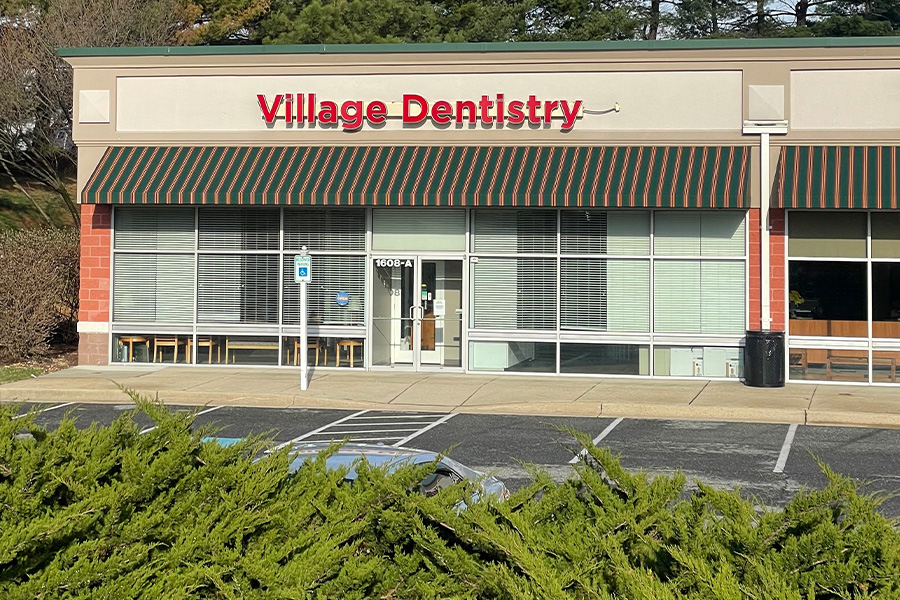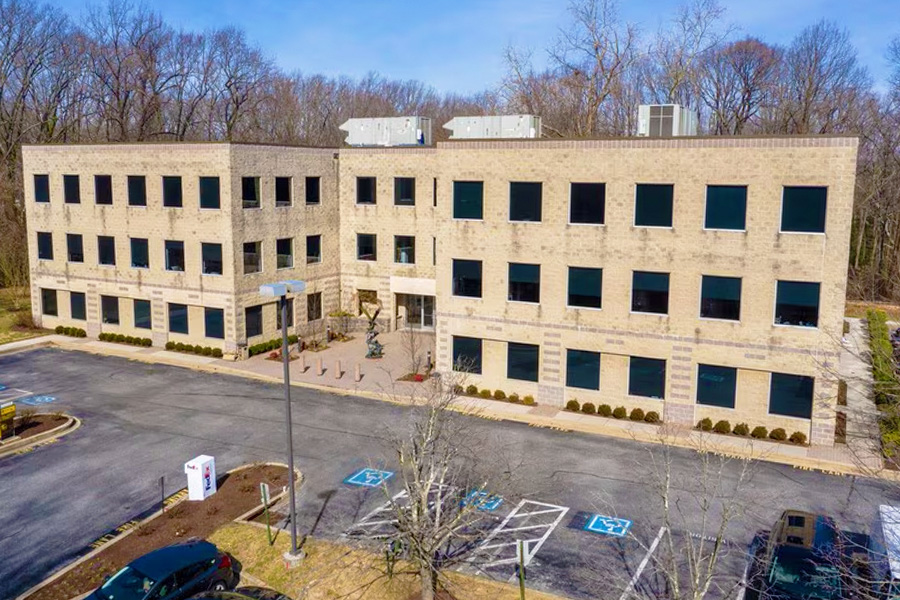Temporomandibular Joint (TMJ) Disorder
The TMJ is a hinged synovial joint that connects the mandible to the temporal bone at the skull base. Its posterior border is the anterior border of the external auditory canal. It is one of the few synovial joints with an articular disc, and it functions as both a hinge joint and a sliding joint. Mouth closing, or Adduction of the mandible, is performed by the masseter, temporalis, and medial pterygoid muscles. Mouth opening, or Abduction, is performed by the lateral pterygoids and digastric musculature. Temporomandibular disorder (TMD) is a nonspecific term used to describe orthopedic and myofacial disorders that affect the TMJ. Researchers estimate that approximately 30% to 45% of the population suffer from TMD.
Treatment for TMD can be broadly classified into three categories:
TMJ Appointment Request
Please use the form below to request a TMJ appointment with BITE Dental Center.
Neuromuscular (NM) Dentistry
How your bite is aligned translates throughout your posture. For most patients, it is not at the top of their minds when they visit the dentist for imminent pain, noticeable dental condition, oral discomfort, or cosmetic goals. Even if they suffer from long-term medical issues such as chronic headaches, jaw pain, neck pain, fatigue, tongue thrusting, or muscular disturbance, they generally do not think to report it during a dental visit. This limits the dental service to simple, symptom-driven treatment.
Neuromuscular (NM) dentistry is an advanced area of dentistry that takes an integrated approach to teeth, muscles (and associated nerves), and joints. NM combines different tools and treatments to investigate the root cause of occlusal abnormalities. The treatment goal is to restore dental form and function and bring postural balance and harmony.
Dr. Rahman practices neuromuscular dentistry in Annapolis and serves patients from the D.C.-Maryland-Virginia (DMV) area. She is trained at the internationally renowned Occlusion Connection program under Dr. Clayton Chan. She extends NM to include gnatholoy (study of the jaw / masticatory system). Dr. Rahman uses state-of-the-art tools and techniques to identify the most relaxed jaw position and balanced posture for the patient.
The team at Annapolis TMJ is trained to provide specially curated long-term care. All our services—smile design, TMJ treatment, and sleep apnea treatment—utilize the principles of NM dentistry.
The NM Dentistry Difference
The craniomandibular system is an integral component of the upper body. Neuromuscular (NM) dentistry is an expansive branch of dentistry that takes an integrated approach to the head, neck, and shoulder girdle. The NM approach to treatment primarily includes TMJ but also considers muscles, ligaments, and fascial connections. It also seeks to understand whether the patient’s conditions relate to dysfunctions, occlusal disorder, or postural abnormality.
The end goal of treatment is to go beyond “straight teeth,” as most patients come to expect. Instead, it is important to find the “physiologic bite” where your jaw is most relaxed. Once that balance is achieved, the patient gets relief from migraines and chronic pain. Dr. Rahman’s training has extended her learning and treatment to Gnathologic Neuro-Muscular (GNM) dentistry. This is a modern take on NM dentistry that also includes considerations of the jaw.
Scientific Measurements
At BITE Dental Center, we use state-of-the-art equipment to measure the patient’s range of jaw movement. This helps set the baseline for progress tracking as we proceed through treatment phases. Some of our commonly used instruments include:
Outcome and Benefits of NM Dentistry
NM dentistry, specifically Gnathologic NM (GNM), advances the boundaries of diagnostic techniques and principles. It combines temporomandibular joint dysfunction (TMD) care, orthopedic treatment, and restorative dentistry. This treatment approach is designed for patients suffering from complex TMD occlusion-oriented problems.
During our clinical assessment, Dr. Rahman and her team recognize the occlusal plane versus abnormal (“pathologic”) planes of occlusion. This helps us establish optimal head, cervical, and overall postural alignment for long-term stability. Our diagnostic and treatment protocols are divided into two phases.
In the first phase, we stabilize the patient’s bite using a custom, wearable orthotic. This is an immediate but temporary relief for the patient. You can live your life as usual, while wearing an orthotic similar to a retainer or an Invisalign tray. We will set up periodic visits to continually monitor and measure the progress. Along the way, as your bite adjusts to the orthotic, we will adjust the orthotic as needed.
The second phase of treatment involves specific, targeted orthodontic treatment to move your teeth to the physiologic bite position where your muscles are most relaxed. This is the phase when you move from a temporary solution to a permanent cure. Once you have completed this step, we will train (and re-train as necessary!) you about bite management and maintenance of the optimal jaw position.
At the completion of treatment, your muscles should function under optimal conditions. They should no longer need to compensate for any abnormalities in your bite. Patients should experience a reduced prevalence of acute, self-perpetuating chronic pain within the first three months.



